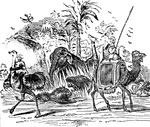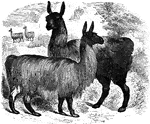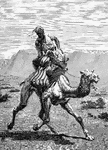Clipart tagged: ‘Camel’
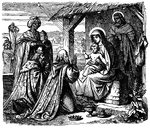
Adoration of the Magi - The Wise Men Present Gifts to Jesus
"And they came into the house and saw the young child with Mary his mother; and they fell down and worshipped…

Camel
Two-humped camels are found in Central Asia, while one-humped camels are domesticated and found in Arabia…

Camel
Two-humped camels are found in Central Asia, while one-humped camels are domesticated and found in Arabia…

Camel
Two-humped camels are found in Central Asia, while one-humped camels are domesticated and found in Arabia…
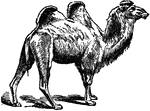
Camel
"Camel is a genus of ruminant quadrupeds, characterized by the absence of horns; a fissure in the upper…
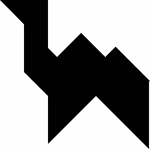
Camel
Tangrams, invented by the Chinese, are used to develop geometric thinking and spatial sense. Seven figures…
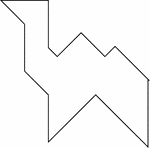
Camel
Tangrams, invented by the Chinese, are used to develop geometric thinking and spatial sense. Seven figures…
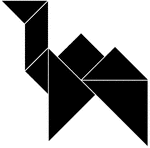
Camel
Tangrams, invented by the Chinese, are used to develop geometric thinking and spatial sense. Seven figures…

Camel
Tangrams, invented by the Chinese, are used to develop geometric thinking and spatial sense. Seven figures…
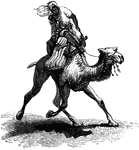
A Swift Camel
A swift camel, also referred to as a dromedary. The camel is an exceedingly large quadruped that was…
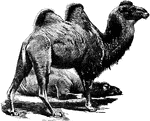
Bactrian Camel
The Bactrian Camel (Camelus bactrianus) is a large even-toed ungulate native to the steppes of north…
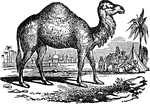
Dromedary
"A name sometimes given, probably at first through mistake, to the Arabian or one-humped camel, bu properly…
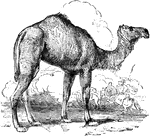
Dromedary Camel
The one-humped or dromedary camel is an ungulate distinguished by the hump on the animal's back.
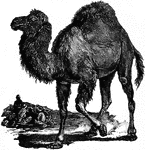
Dromedary
The Dromedary camel (Camelus dromedarius) is a large even-toed ungulate. It is often referred to as…

Dromedary, two-humped camel
A cud-chewing animal of the Old World, especially adapted by nature to travel waste deserts with scarcity…
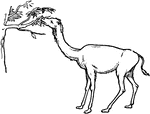
primitive giraffe-camel
A primitive giraffe-camel. This primitive camel has no humps and an elongated neck, resembling a giraffe.
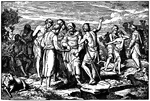
Joseph's Brother Sell Him into Slavery after Pulling Him Out of the Cistern
"Come, and let us sell him to the Ishmaelites, and let not our hand be upon him; for he is our brother,…

Rebecca Offers Water to Eliezer at the Well and is Chosen to be Isaac's Wife
"And let it come to pass, that the damsel to whom I shall say, Let down thy pitcher, I pray thee, that…

Animals Outline Tangram Card
Outlines of animals (bear, kangaroo, camel, giraffe) made from tangram pieces. Tangrams, invented by…
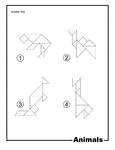
Animals Outline Solution Tangram Card
Solutions for outlines of animals (bear, kangaroo, camel, giraffe) made from tangram pieces. Tangrams,…

Animals Silhouette Tangram Card
Silhouette outlines of animals (bear, kangaroo, camel, giraffe) made from tangram pieces. Tangrams,…
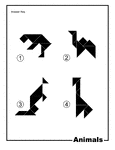
Animals Silhouette Solution Tangram Card
Solutions for silhouette outlines of animals (bear, kangaroo, camel, giraffe) made from tangram pieces.…
